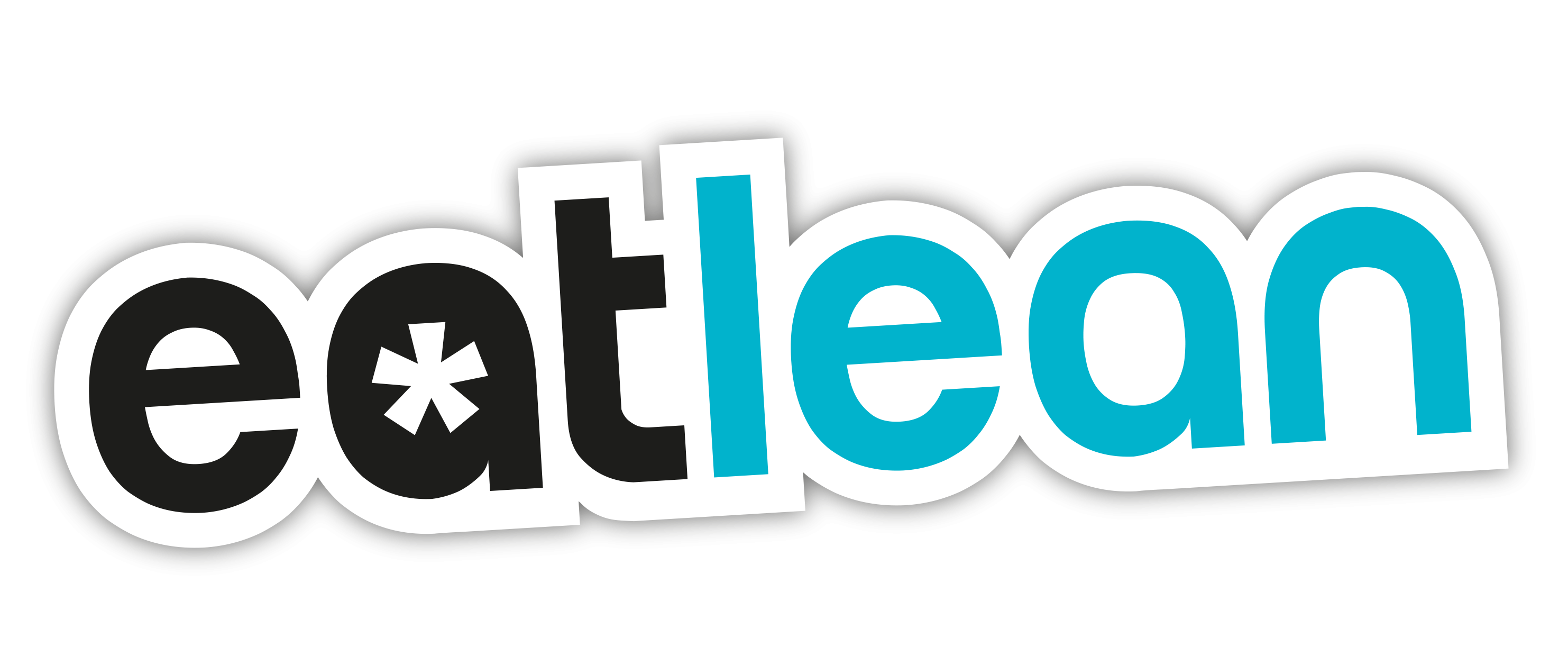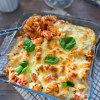What Should You Eat For Dinner?

Have you ever heard the phrase, breakfast like a king, lunch like a prince, dine like a pauper? That is certainly one way of managing the calories in part of the energy balance principle. But what does that mean, that you should eat less in the evening?
Nope! Well, not necessarily. If you are a big breakfast person and like to eat the majority of your calories in the first part of the day then, yeah, you could do it that way.
I’m the opposite. Well, actually, there is still a very fat man lurking within me because I love food so much that I would happily eat massive meals all the time. But personally, I like my last meal of the day to be my largest because I can fall into a food coma and get a good night’s sleep.
The point here is the understanding that energy balance is a 24-hour mechanism and that your body doesn’t care what you eat at certain times of the day, so long as you are nourished and satiated.
There is no optimal time to eat any meal, other than the time that suits you best. And there is no ideal size of meal to eat, only meals that meet your needs that add up to what your body needs in terms of calories every day.
If you wanted, you could eat dinner for breakfast and breakfast for dinner. IN fact, I have done that before. With a cooked meal for breakfast and a bowl of granola for dinner. It’s not something I do often, but it has happened, and it was fine, and I enjoyed it.
But what might a good dinner, in the traditional sense look like?
Like all meals, your meal ought to have a base of protein and veg. Some kind of lean protein, whether that is meat, fish, quorn, nut loaf, etc. and a combination of vegetables, at least two different kinds of veg or fruit. You can bulk meals out with fibrous veg like leafy greens, green beans, courgette, mushrooms, etc. They can be very filling without a big calorie cost and add extra beneficial fibre.
Carb sources should, ideally be wholegrains like rice, pasta, couscous. Root-veg like swede, squashes, potatoes or sweet potatoes. Or pulses like chickpeas, beans or lentils. These foods are high in fibre and micronutrients like certain vitamins and minerals. The more nutrient dense the food, the more satiating it is.
Experiment with flavours and recipes, discover new foods, new meals and new cooking methods and then keep the ones you enjoy. In reality, most people cook the same few meals regularly, and there is nothing wrong with that, but adding variety keeps the diet more interesting and ensures a greater variety of micronutrients.
Use rubs and marinades to make foods, meats in particular, more interesting.
If weight loss is a goal switch ingredients in and out for less calorie dense options. For example, butternut squash instead of sweet potato, cauli rice instead of rice, courgettini instead of noodles, use a teaspoon of olive oil instead of a tablespoon of butter, low fat cheese instead of full fat. There’s lots of options if you just give it some thought.
So, what’s for dinner tonight? If you need a bit of inspiration, why not check out some of our healthy dinner ideas.






